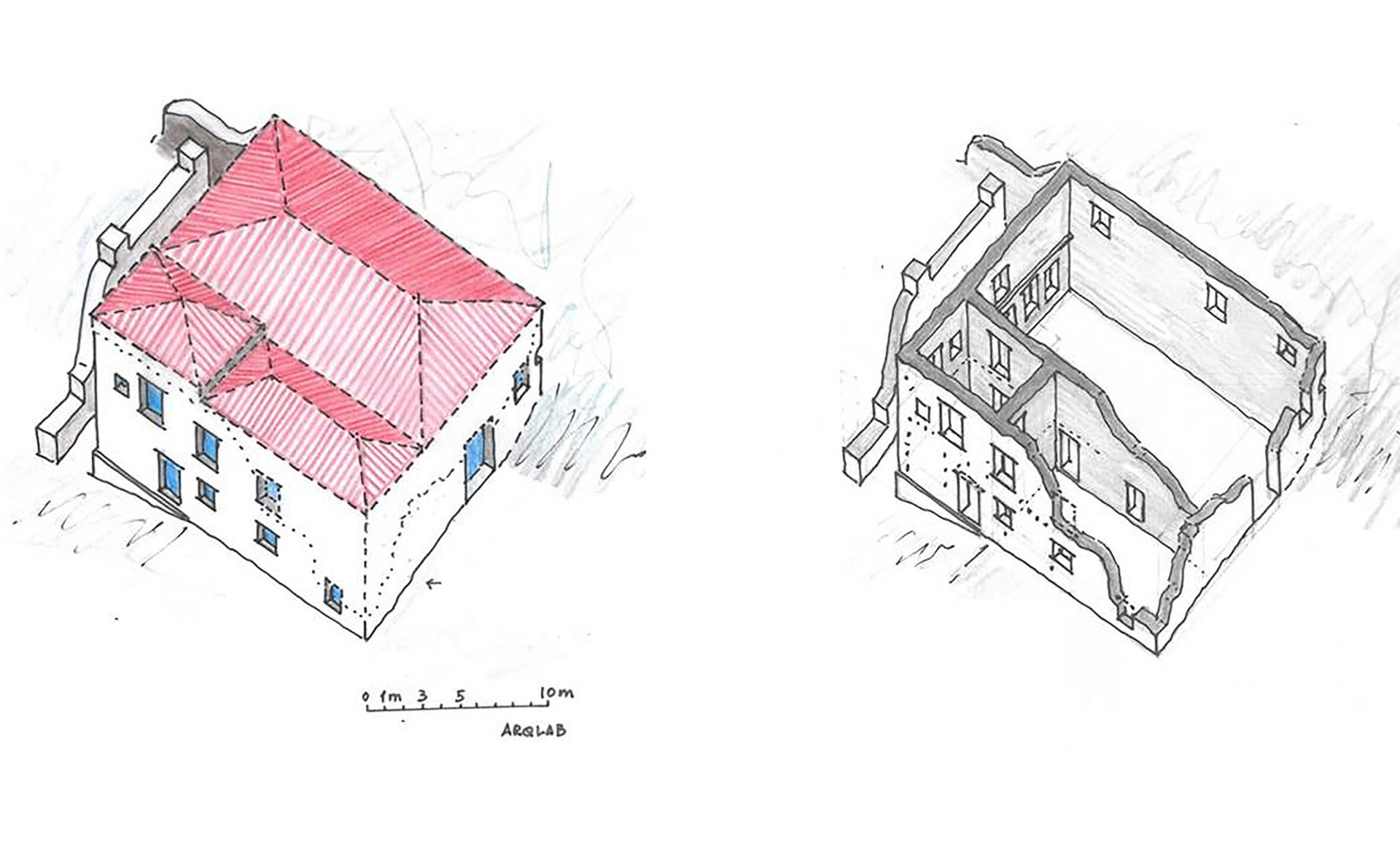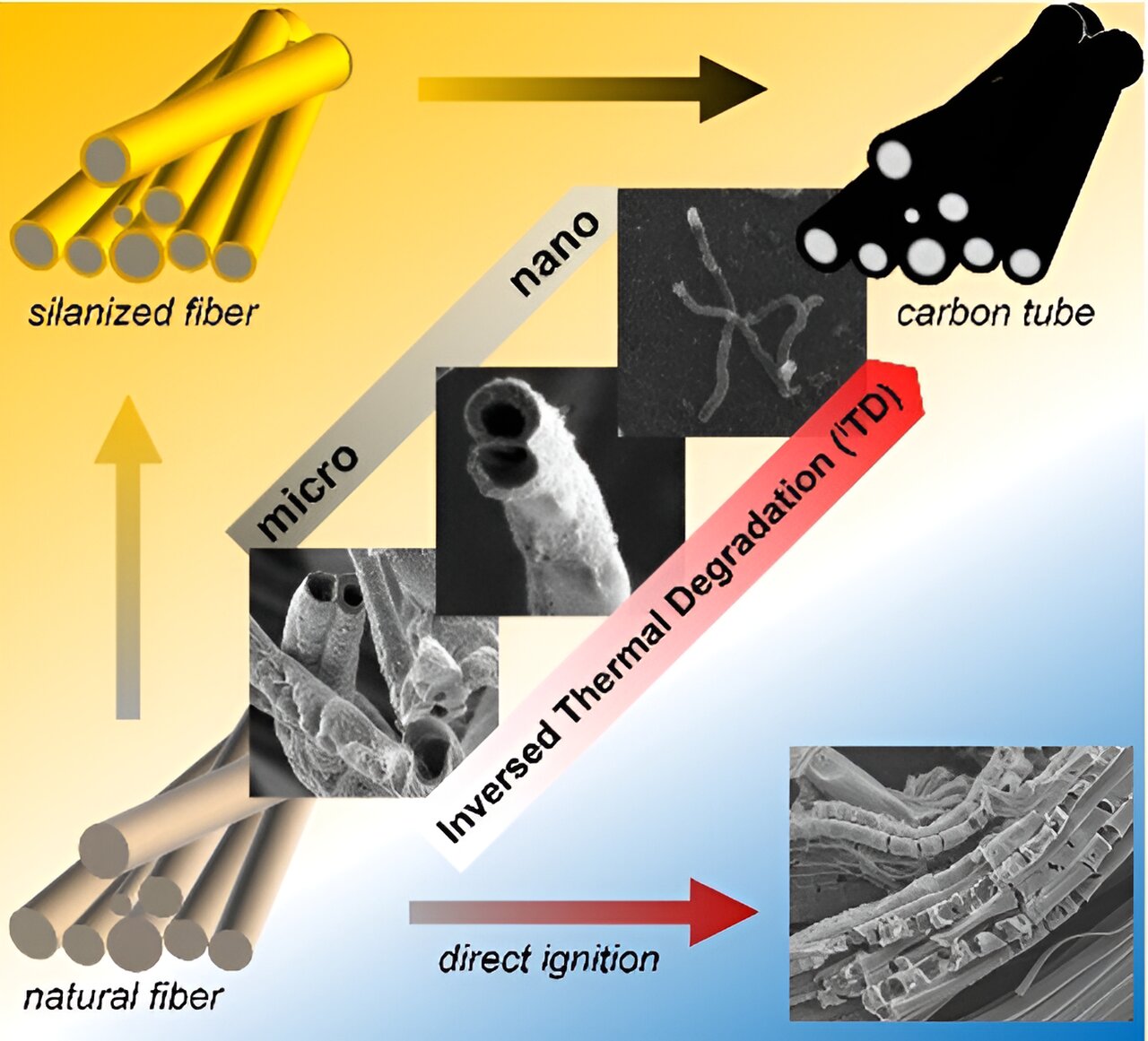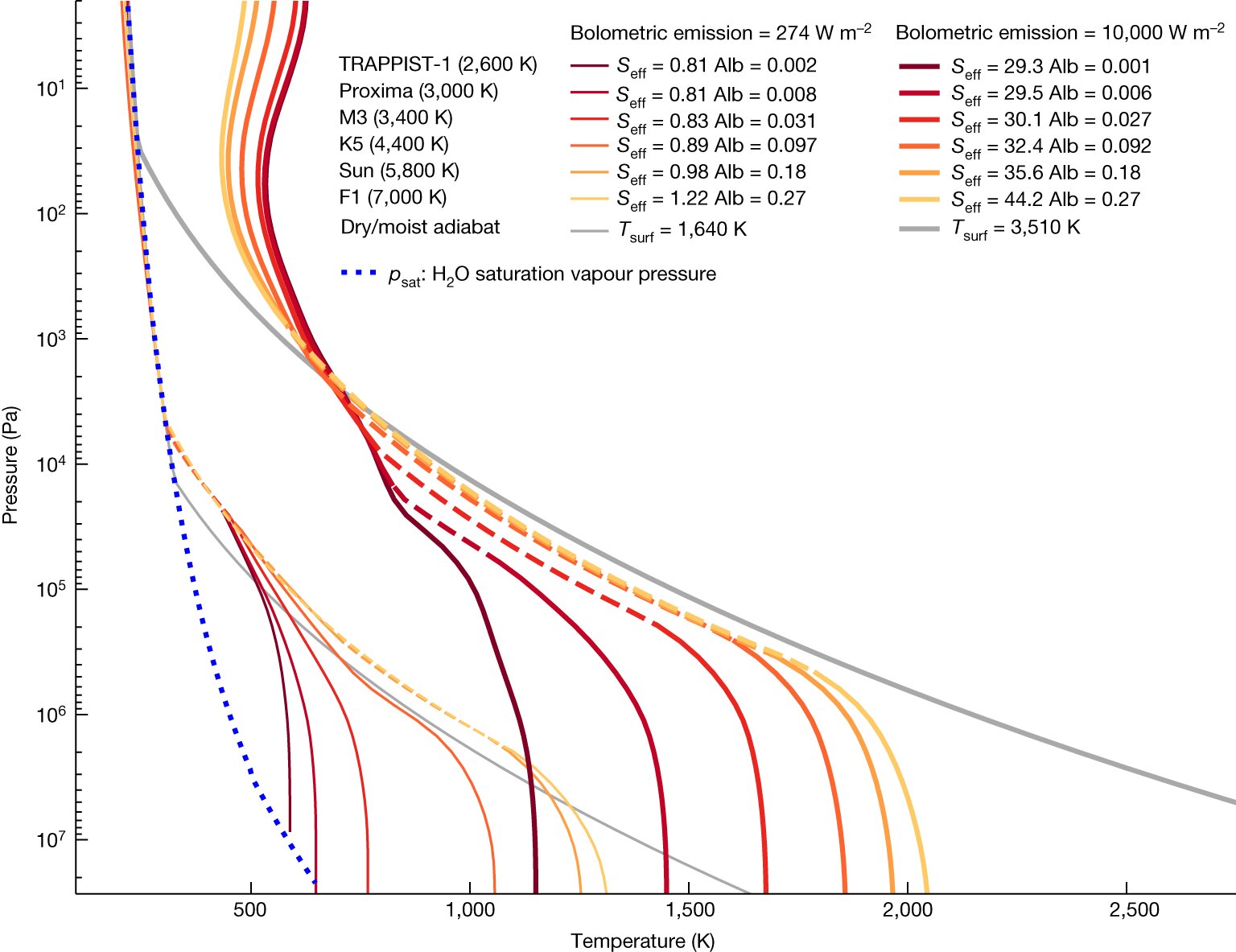Uncovering the Hidden History of São Tomé: The Birthplace of the Plantation Economy
In the 1530s, the Portuguese colony of São Tomé dominated the global sugar industry. This small African island played a pivotal role in shaping the plantation economic model that would later be exported to the Americas.
However, São Tomé’s economic prosperity was short-lived. Fierce competition from Brazil and frequent uprisings by enslaved people led to a decline in profits by the early 17th century.
Despite its significance, São Tomé has been largely overlooked in historical research, with the focus primarily on the Caribbean and the Americas. This neglect has obscured the island’s crucial role in the history of the Atlantic world and plantation slavery.
To shed light on this hidden history, Dr. M. Dores Cruz and a team of researchers from the University of Cologne and CEAUP are conducting an archaeological investigation of Praia Melão, São Tomé’s largest sugar mill and estate dating back to the 16th century. Their groundbreaking findings have been published in the prestigious journal Antiquity.
The grand scale of the building itself is a testament to the immense labor force of enslaved individuals who toiled in the main work room, operating mills and boiling sugar. The craftsmanship, although produced by enslaved builders, is remarkable. Notably, the building’s windows were strategically designed to surveil the working areas, ensuring constant supervision of the enslaved laborers.
During the excavation, numerous ceramic sugar molds were discovered, scattered across the site and embedded in the walls. Through X-ray fluorescence analysis, it was determined that these molds originated from the Aveiro-Ovar region in Portugal, a major center for ceramic production at the time. This finding highlights the long-distance connections and origins of the plantation economic model that would later be applied in the Americas.
These groundbreaking discoveries have the potential to reshape our understanding of colonial history. They emphasize the importance of conducting archaeological investigations at lesser-researched sites to preserve crucial heritage that is at risk of destruction due to the tropical environment, encroaching vegetation, economic development, and potential human impacts.








